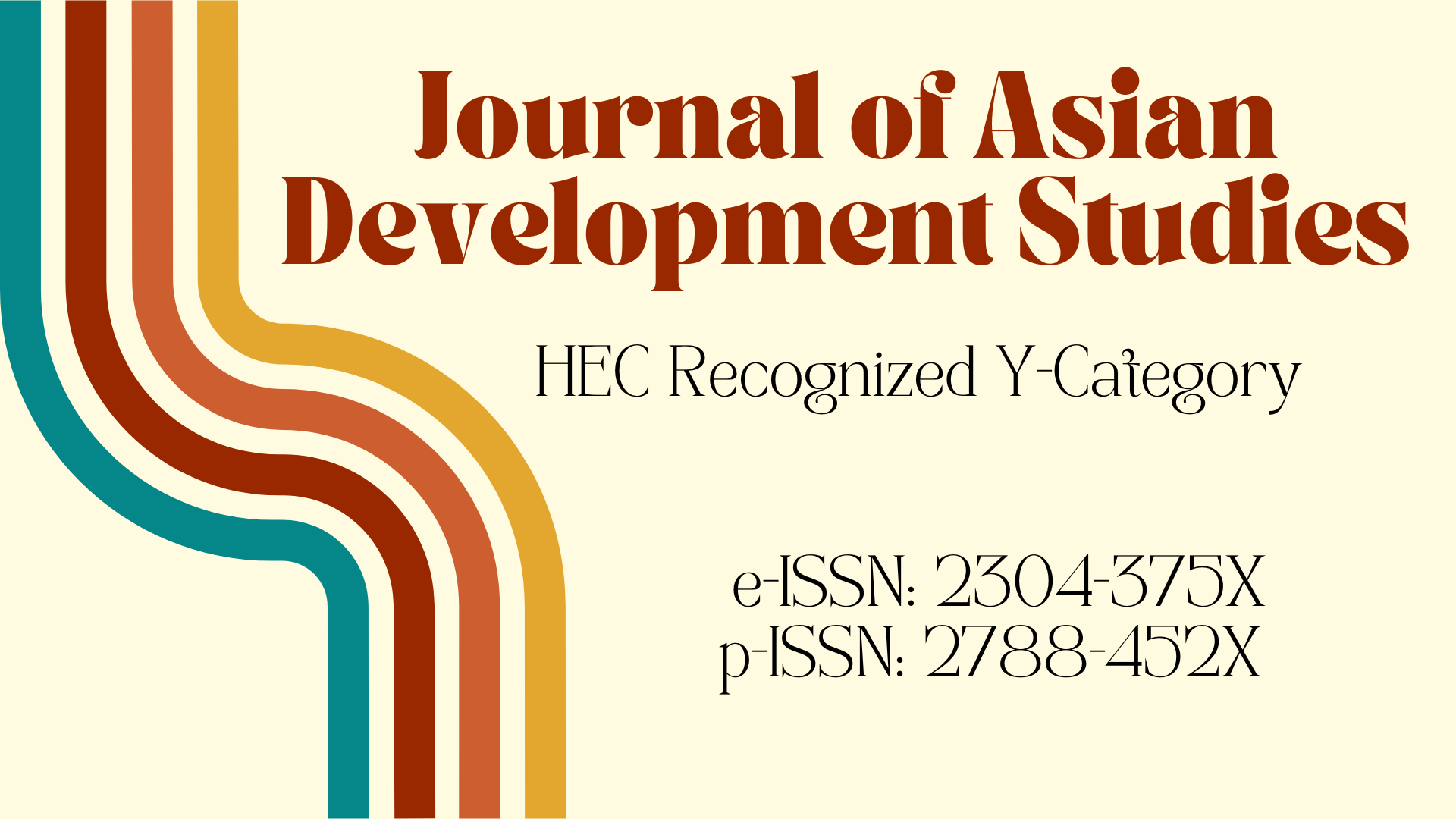Use of Water Quality Index and GIS for Assessing and Mapping the Quality of Groundwater of Taluka Kotdiji, Sindh, Pakistan
DOI:
https://doi.org/10.62345/jads.2025.14.1.92Keywords:
Groundwater Vulnerability, Physicochemical Parameters, Thematic MapsAbstract
Groundwater is broadly consumed around the globe, including in Taluka Kotdiji, Sindh, Pakistan, for drinking and irrigation purposes. Taking into consideration the issues of civil society of Taluka Kotdiji, Sindh about groundwater vulnerability, the research was carried out to estimate and delineate the quality of groundwater based on analysis results of physicochemical parameters (pH, turbidity, electrical conductivity (EC), chlorides (Cl), calcium (Ca), magnesium (Mg), total hardness (TH), and total dissolved solids (TDS)) and application of water quality index (WQI) and ArcGIS software. The results of physicochemical parameters revealed that 56.41%, 23.07%, 35.89%, 20.51%, 10.25% and 56.41% of the samples EC, Ca, Mg, TH and TDS concentrations exceeded the WHO limits. Based on the WQI model, no water sample was in the excellent category; however, 64.1%, 28.2%, 5.1%, and 2.6% of the samples fall in good, poor, poor and unsuitable for drinking categories. The GIS maps depicted that water quality on the South-Eastern side of the study area is vulnerable. The study revealed that water quality in several parts of Taluka Kotdiji does not align with the WHO guidelines. It must be purified well before being used for drinking. A campaign should be carried out to make people aware of groundwater vulnerability and its effects on health.
Downloads
Downloads
Published
Issue
Section
License

This work is licensed under a Creative Commons Attribution 4.0 International License.
License Terms
All articles published by Centre for Research on Poverty and Attitude are made immediately available worldwide under an open access license. This means:
- everyone has free and unlimited access to the full-text of all articles published in Centre for Research on Poverty and Attitude's journals;
- everyone is free to re-use the published material if proper accreditation/citation of the original publication is given.




